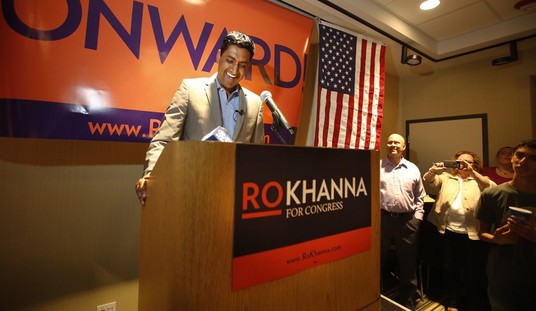Last weekend the Washington Post reported that the government had sent some coronavirus stimulus checks to some people who had died. This happened because the IRS was in a hurry to send out checks, so if you filed a tax return in 2018 or 2019 and records showed you met the criteria, you got a check:
While the living wait for much-needed funds, the IRS has rushed out stimulus checks to the deceased. Payments have gone out to surviving spouses and to bank accounts that relatives kept open to settle a dead loved one’s estate.
The IRS is working off tax returns filed as far back as 2018, even if the filer is no longer alive. Toni Kamins, who lives in New York, received two $1,200 payments, one for herself and another for her ex-husband, who died last year. Since her husband had left no will and had no heirs, Kamins handled filing his 2019 return. On the return, she told the IRS that her ex had died.
Dennis Akers’s 88-year-old mother-in-law died in January. His 96-year-old mother died a month later. Akers held a joint checking account with each of them because he helped take care of their bills. Both deceased women received direct-deposit stimulus payments.
While it was clear this had happened it wasn’t clear until today just how often it had happened. Today the Post reports that, according to the GAO, more than a million deceased people received payments:
The federal government sent coronavirus stimulus payments to almost 1.1 million dead people totaling nearly $1.4 billion, Congress’ independent watchdog reported Thursday…
The GAO said that the payments to dead people came as Treasury and the IRS rushed to disburse some 160.4 million of these payments totaling $269 billion after the Cares Act was passed in March. The problem relates partly to the fact that, while the IRS has access to the Social Security Administration’s full set of death records, the Treasury Department and its Bureau of the Fiscal Service — which actually issue the payments — do not, GAO said.
The report said that Congress should “provide Treasury with access to the Social Security Administration’s full set of death records, and require that Treasury consistently use it, to help reduce similar types of improper payments.”
So it sounds like there is a pretty clear reason why this happened and one that can be fixed to prevent it happening again. It’s pretty embarrassing but under the circumstances, Treasury really was under pressure to get the money out when it was needed even if that meant a somewhat sloppy process.
So will the money be paid back? It’s supposed to be. The IRS announced back in May that payments to the deceased needed to be returned, though at the time it wouldn’t say how many people had received such payments. But other than an update to a FAQ page on irs.gov, the IRS apparently has no plants to actually do anything to collect the money.
I guess those who decide to keep it, meaning the surviving relatives with access to the accounts, could simply have it added to their tax bill later if they don’t return it, though figuring out who was responsible for spending money sent to the deceased could be a challenge when there are this many people involved.
The reality is that as much money as this is, it’s still a rounding error in the scope of the money shoveled out the door in the past few months. Last month USA Today published this graphic on total stimulus spending related to the virus:

The same story pointed out just how much money that is. If you had $2.4 trillion in $1 bills you could blanket the entire 68.3 square miles of Washington, DC 140 times. Compared to that, the $1.4 billion sent to the dead is a drop in the ocean.







Join the conversation as a VIP Member